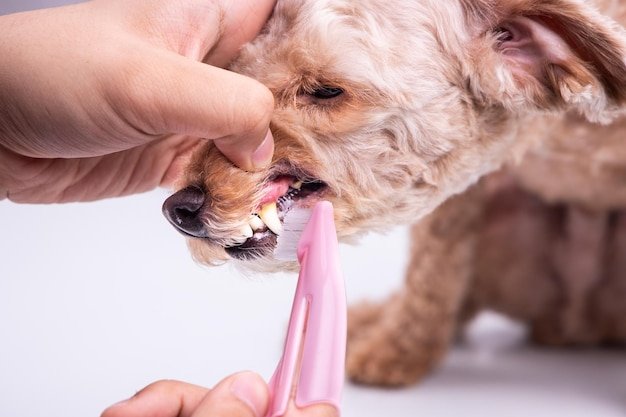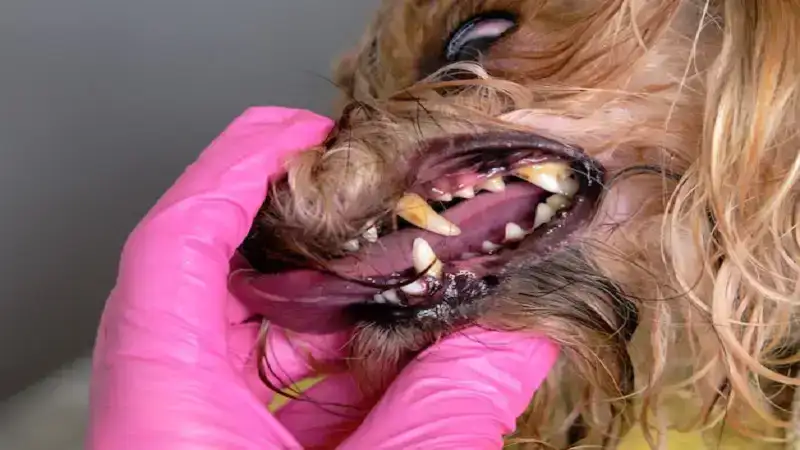Monitoring your dog’s gum color provides crucial”color chart healthy dog gums vs unhealthy” insights into their overall health. As pet owners we often focus on external signs of well-being, such as coat quality or behavior but gum health plays an equally significant role. Observing the gums frequently can help detect potential health problems early offering a simple yet effective diagnostic tool.
Healthy Dog Gums: What to Look For
Healthy dog gums usually appear pink and moist resembling the color of bubble gum. The texture is smooth and they should feel slightly wet when touched. This healthy coloration indicates good blood circulation oxygenation, and hydration. Veterinarians use a capillary refill test to further assess the gums’ health:
- Gently press your finger against the gum to turn it white.
- Release the pressure and watch for the pink color to return.
- The refill time should be within 1-2 seconds, indicating proper circulation.
If your dog’s gums meet these criteria, it’s a strong sign of good health.
Unhealthy Dog Gums: Warning Signs
Unhealthy gums manifest in various colors, each pointing”color chart healthy dog gums vs unhealthy” to specific health concerns. Below is a breakdown of common gum colors and their potential implications:
- Pale or White Gums
- May indicate anemia or blood loss.
- Could signal dehydration or shock.
- Immediate veterinary attention is essential.
- Bright Red Gums
- Often a sign of heatstroke or fever.
- May point to inflammation or infection.
- Blue or Purple Gums (Cyanosis)
- Suggests inadequate oxygen levels in the blood.
- Linked to respiratory or cardiovascular issues.
- Yellow Gums
- Indicate jaundice, possibly due to liver”color chart healthy dog gums vs unhealthy” disease or red blood cell destruction.
- Gray or Black Gums
- Suggest poor circulation or advanced gum disease.
Why Gum Health Matters
The color of your dog’s gums reflects their internal”color chart healthy dog gums vs unhealthy” health, including oxygenation, hydration, and systemic issues like organ function. By checking the gums regularly, you can detect life-threatening conditions early. Additionally, gum health often mirrors dental health. Poor dental hygiene can lead to periodontal disease, causing infections that affect your dog’s entire body.
How to Maintain Healthy Gums

Ensuring your dog’s gums remain healthy involves a combination of proactive care and routine checks:
- Regular Dental Cleaning
Brush your dog’s teeth with vet-approved toothpaste to prevent tartar buildup and gum disease. - Provide a Balanced Diet
Nutrition impacts overall health, including gum and dental health. Include foods rich in vitamins and minerals. - Monitor Hydration
Dehydration can cause pale gums, so ensure your dog has access to fresh water. - Routine Veterinary Exams
Regular checkups help identify hidden issues before they worsen.
What to Do If You Notice Abnormal Gums
If your dog’s gums show signs of discoloration or other abnormalities, act immediately:
- Pale or White Gums: Hydrate your dog and visit the vet without delay.
- Bright Red Gums: Move your dog to a cool area and monitor for signs of heatstroke.
- Blue Gums: Seek emergency care as this could be life-threatening.
Prompt action saves lives and prevents complications.
Final Thoughts
Understanding the color chart for healthy versus unhealthy”color chart healthy dog gums vs unhealthy” dog gums empowers pet owners to be proactive in their furry friend’s health. Regular checks and quick responses to abnormalities can make a significant difference in your dog’s quality of life. By staying vigilant, you strengthen the bond with your pet and ensure their well-being for years to come. See More


